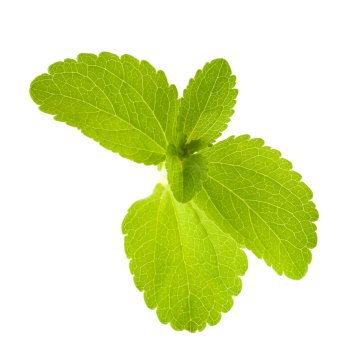
Stevia is a plant that originates from Paraguay, whose leaves contain a substance called steviol glycoside. Steviol glycoside is composed of glucose and rebaudioside, which gives stevia a sweetening power far above that of sugar, with the added benefit that it is far better for your health as it doesn’t contain calories and has numerous vitamins, minerals and nutrients.
To be able to convert the plant into crystals and powder for consumption, the following process is necessary:
- Harvesting of the stevia leaves and drying of the leaves in the shade with a humidity of around 7% or 8%.
- Shredding of the leaves in an industrial shredder.
- Extraction of the steviol glycoside in vapor chambers at a temperature of approximately 60ºC.
After the extraction comes a process of pre-treatment with filters. The aim of this is to retain the largest particles, which are the ones that can saturate the membranes that will be used subsequently. Filters of various sizes are used, from 20 microns to 1 micron, such as activated carbon.
The following stage of the process is microfiltration and it is carried out to eliminate certain pigments and substances of high molecular weight via ultrafiltration membranes. This process allows you to obtain 20% of concentrate and 80% of dilute. The membrane retains the concentrate obtained, which is mixed back into the water and subjected to the process again to ensure optimum extraction of the sweeteners.
The dilute proceeds to a new process via nanofiltration membranes that repeat the same process and obtain the same results as the previous stage. A concentrate of 20% is obtained which is mixed with the water again, in order to be subjected for a second time to the process, and an 80% of dilute is obtained which is sent to the subsequent process of extraction.
Finally, the sweetener concentrate obtained in the various stages is subjected to a process of crystallization via vacuum evaporators. The aim is to evaporate the water and obtain an oversaturated substance that facilitates the formation of the crystals.
To finish, a drying process is applied to the crystals that reduces the humidity to 2% via a hot air current.
At this point, the stevia concentrate is ready to be produced and prepared for sale.
You may want to learn more about stevia, its wonder-features and the pits in stevia production.